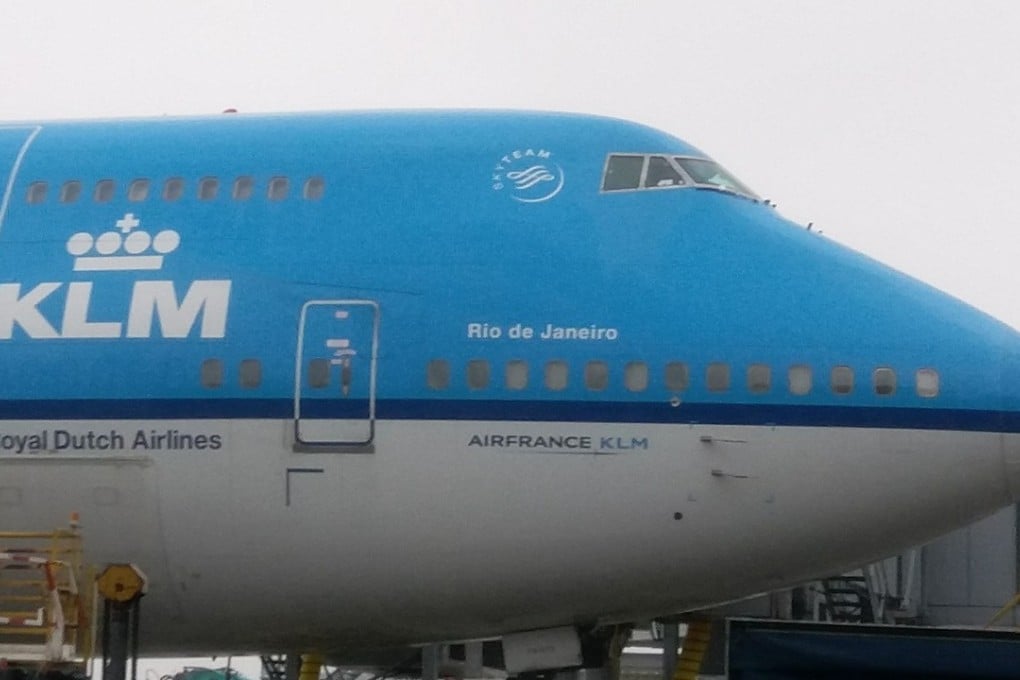Only one plane lands in Hong Kong International Airport as Typhoon Hato wreaks havoc with flight schedules
Buffeted by winds reaching up to 113km/h, KLM flight from Amsterdam landed in Hong Kong on Wednesday morning as airport sees 65 per cent reduction in daily flights

A plane from the Netherlands was the only flight to land in Hong Kong on Wednesday during the five hours that a severe typhoon wreaked havoc on the airport.
In extremely challenging conditions, with wind speeds of between 80km/h and 113km/h buffeting the aircraft, KLM flight 887 from Amsterdam, landed at 10.33am at Hong Kong International Airport (HKIA).
An Ethiopian Airlines flight from Addis Ababa, flight 672, aborted its landing at Hong Kong moments from touchdown and was diverted to an airport in Xiamen.
Only 400 flights were scheduled to arrive or depart from Hong Kong on Wednesday – a 65 per cent reduction in daily flights – as Typhoon Hato hit the city and the Observatory issued the No 10 storm signal – the highest category. The signal was up from 9.10am to 2.10pm, a total of five hours.
Hato, which is named after the Japanese word for pigeon, caps some of the worst weather to affect the airport since it opened almost two decades ago.